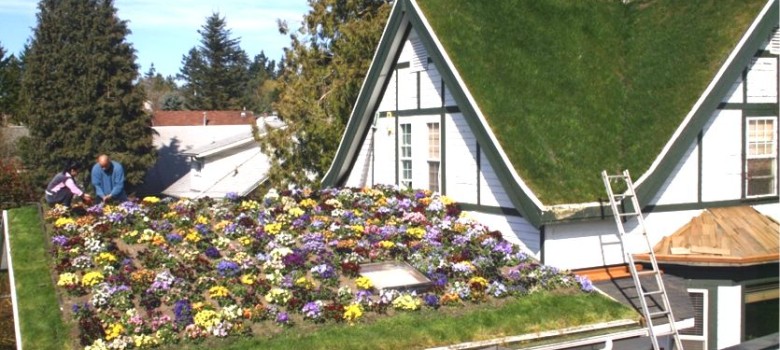
A green roof is a roof of a building, which is covered with vegetation – think of the kids’ programme ‘Teletubbies’. The popularity of green roofs have increased dramatically over the past few years due to the perceived environmental and cost benefits that they have. While the term ‘green roof’ may also refer to that of a renewable install occurring on a roof, here we take the literal meaning of it being vegetation.
What are the benefits of a green roof?
Green roofs have several purposes and benefits, ranging from cost savings to environmental impact. The obvious benefits include more organic matter that can improve environmental quality, reduce the risk of flash floods caused by stormwater run off and the creation of a habitat for wildlife.
However, the hidden benefits can often be more important and merit the install altogether. Having a growing medium and organic matter on your roof acts as insulation, meaning less heat is lost from the home. Around 30% of heat loss occurs through the roof and so having a green roof, acting as an extra layer of insulation and increasing the thermal resistance, can help save you hundreds of pounds per year – or around 26% of your heating requirements. Also, not only is it a benefit throughout the cold winter months, but during the Summer the organic matter harnesses solar radiation which would otherwise increase the temperature of the home to uncomfortable levels.
Installing a green roof can also increase the lifespan of the roof, as the growing membrane can shield the house from harmful radiation and physical damage.
 Are there any negatives of a green roof?
Are there any negatives of a green roof?
Although there are many benefits of installing a green roof, there are some disadvantages. First of all the initial upfront cost can often be expensive, almost twice as much as a normal one, which can put people off an explains why they aren’t that common. Another disadvantage is that green roofs require additional support, meaning they cannot be installed on a high number of properties as they can’t support the additional weight. Retro-fitting a property with a green roof is often not possible, or additional costs are required to strengthen the existing structure. Although introducing a new habitat for wildlife is seen as a benefit, it may attract unwanted pest insects that can enter the home.
The different types of Green Roof
There are three main types of green roofing, intensive and extensive. The intensive is for much larger installs, supporting around 100+ pounds of vegetation per sq foot, compared with only 20 pounds for the extensive. They require a lot more maintenance and can include small bushes and trees. These intensive roofs are often found on large commercial buildings and can often represent a park.
Extensive roofs are much thinner, and as they only support vegetation such as grass and moss they are self maintaining and require hardly any maintenance. These extensive green roofs are common for domestic buildings as they are cheaper, smaller and can be installed on a larger number of properties.
False green roofs require no maintenance and are made up of artificial grass. While they have the same insulating qualities, if not superior, they don’t have the environmental benefits as seen with the Intensive and Extensive organic roof. However, with no maintenance they still remain in good shape and provide a quality finish all year round.
Do I need to water my green roof?
For intensive roofs, an irrigation system should be installed in order to maintain the rich organic matter during periods of prolonged drought. Automated systems are available and the extent of watering that is needed is decided on the plant species and the amount of matter.
Extensive roofs require a slightly different approach. The amount of artificial watering that is required depends on the type of vegetation, aspect, location and slope of the roof. However, in usual circumstances, extensive roofs rarely need watering as they obtain enough moisture from precipitation. However, if you have a wildflower green roof, it will need the occasional water during periods of prolonged dryness. This can be easily done with a hose and ladder.
Should I get a green roof?
A green roof is a fantastic addition to your home. Not only do they work towards a healthier environment, but also help reduce your heating bills and prolong the lifespan of your property. In most cases, a green roof has been seen to even increase that property’s value.
Think we missed something? Do you have a different opinion?
Comment below to get your voice heard…



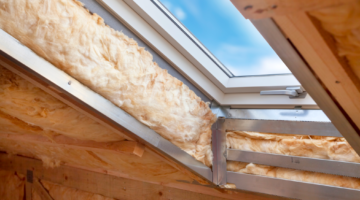
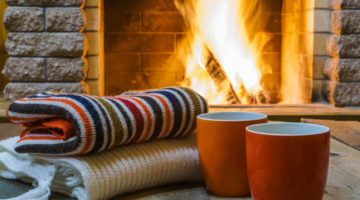
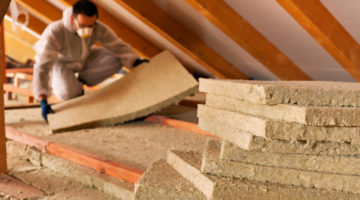
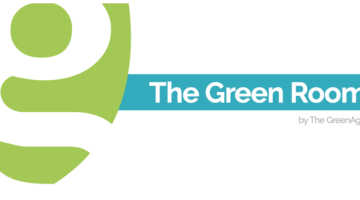





Thanks for sharing this information with us. It was very informative. I’m in the middle of redecorating my home but it seems that I’ll be changing my plans after I read your post. Well, I’m considering to have my home eco-friendly. I think it will be a great idea. Thanks again for this article!